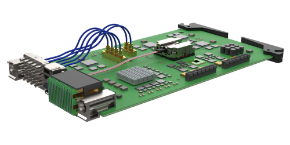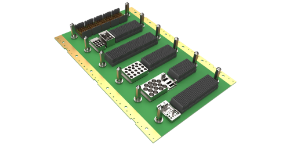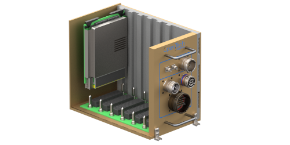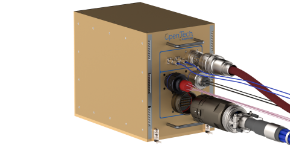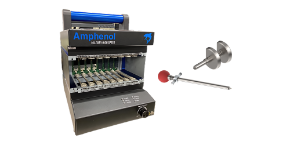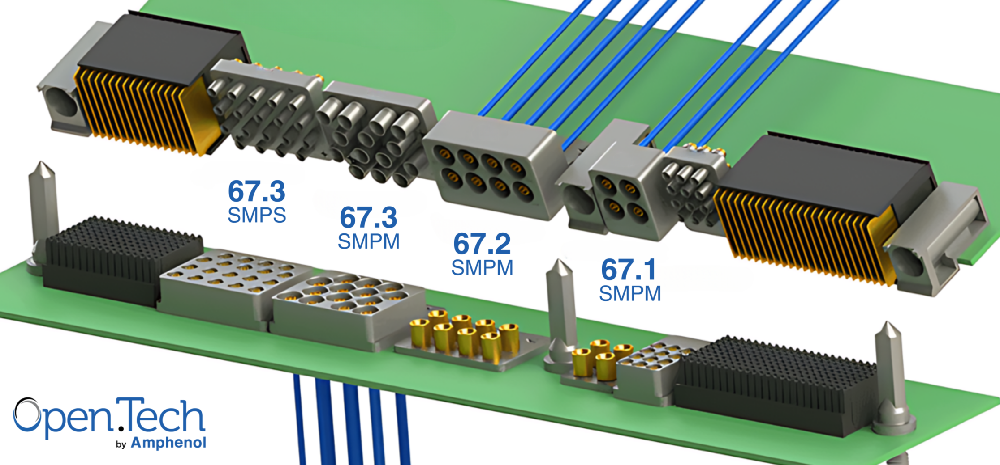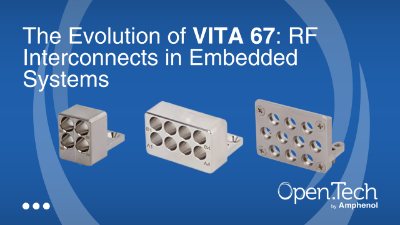Cross posted from our original LinkedIn article.
In the realm of high-performance embedded computing, the VITA standards have played a pivotal role in shaping the industry. Among these, the VITA 67 series of standards stand out for their focus on coaxial interconnects in VPX systems, addressing the needs of RF and microwave applications. This article delves into the evolution of VITA 67, comparing the different iterations-VITA 67.1, 67.2, and 67.3-highlighting their technical differences, benefits, and drawbacks. Additionally, we will explore Open.Tech products that adhere to these standards and the emerging NanoRF technology.
VITA 67.1: The Foundation
VITA 67.1 established the initial framework for coaxial interconnects within the VPX architecture. It defines the 3U VPX compliant analog connector module, which contains up to four SMPM (Sub-Miniature Push-On Micro) RF contacts. These connectors are designed for high-frequency coaxial contacts, providing a reliable blind-mate connection for daughter card-to-backplane applications.
Technical Considerations:
- Frequency Range: VITA 67.1 supports frequencies up to 26.5 GHz, making it suitable for many RF applications.
- Isolation: Ensures excellent channel-to-channel isolation, crucial for maintaining signal integrity in dense RF environments.
- Drawbacks: The limited number of contacts (four per module) can be a constraint in systems requiring higher contact density.
VITA 67.2: Expansion in Capacity
Building on VITA 67.1, VITA 67.2 extended the standard to 6U VPX modules, allowing up to eight SMPM RF contacts. This expansion caters to systems needing more RF connections while maintaining the same reliable blind-mate interface.
Technical Considerations:
- Enhanced Density: VITA 67.2 doubles the contact capacity compared to VITA 67.1, providing greater flexibility for system designers.
- Frequency and Isolation: Similar to VITA 67.1, it supports high-frequency operations and excellent isolation.
- Drawbacks: While it offers more contacts, the fixed array configuration can limit flexibility in certain applications.
VITA 67.3: Higher Density and Flexibility
The latest in the series, VITA 67.3, introduces significant advancements in contact density and modular flexibility. It allows for up to 14 SMPM contacts in a 1.00-inch slot pitch, moving away from the fixed 2x2 and 2x4 arrays of its predecessors and adds the option for smaller SMPS contacts.
Technical Considerations:
- Higher Density: By accommodating up to 19 contacts (SMPS) or 14 contacts (SMPM), VITA 67.3 significantly increases the interconnect density.
- Modular Flexibility: The standard allows for various configurations and future expansions, including the potential integration of RF and optical contacts within a single module.
- Backward Compatibility: Designed with backward compatibility in mind, ensuring seamless upgrades from earlier VITA 67 versions.
Benefits and Drawbacks
Benefits:
- Scalability: Each iteration of VITA 67 has improved scalability, accommodating more RF connections within the same form factor.
- Enhanced Performance: Higher density and improved isolation lead to better overall system performance, crucial for advanced RF applications.
- Flexibility: VITA 67.3's modular design offers unmatched flexibility, making it easier to customize and upgrade systems.
Drawbacks:
- Complexity: As the standards evolve, the complexity of the connectors and the associated design considerations increase.
- Cost: Higher density and advanced features often come with increased costs, both in terms of component price and integration efforts.
Density comparison between VITA 67.1, 67.2 and 67.3 (SMPM/SMPS) |
Open.Tech Products and NanoRF
Open.Tech offers a range of products that comply with the VITA 67 standards, ensuring high performance and reliability for RF applications. Our latest VITA 67.3 compliant products feature high-density SMPM connectors and SMPS connectors, providing robust solutions for demanding environments.
Additionally, Open.Tech offers NanoRF technology as an emerging game-changer in the RF interconnect space. NanoRF modules offer two to three times the density of traditional SMPM/SMPS connectors, supporting frequencies up to 70 GHz. This advancement not only enhances performance but also reduces the size and weight of interconnects, which is critical for aerospace and military applications.
Key Products:
- SMPM VITA 67.3 Modules: Offering up to 14 RF contacts with robust performance.
- SMPS VITA 67.3 Modules: Designed for higher-density applications, offering up to 19 RF contacts with robust performance.
- NanoRF Modules: Provide ultra-high frequency support and increased contact density, ideal for next-generation RF systems.
Conclusion
The evolution of VITA 67 standards reflects the growing demands for high-performance, high-density RF interconnects in embedded systems. Each version—VITA 67.1, 67.2, and 67.3—brings enhancements that cater to the increasing complexity and performance requirements of modern applications. Open.Tech's compliance with these standards ensures our products meet the highest industry benchmarks, offering reliable and scalable solutions for the most demanding RF environments.

